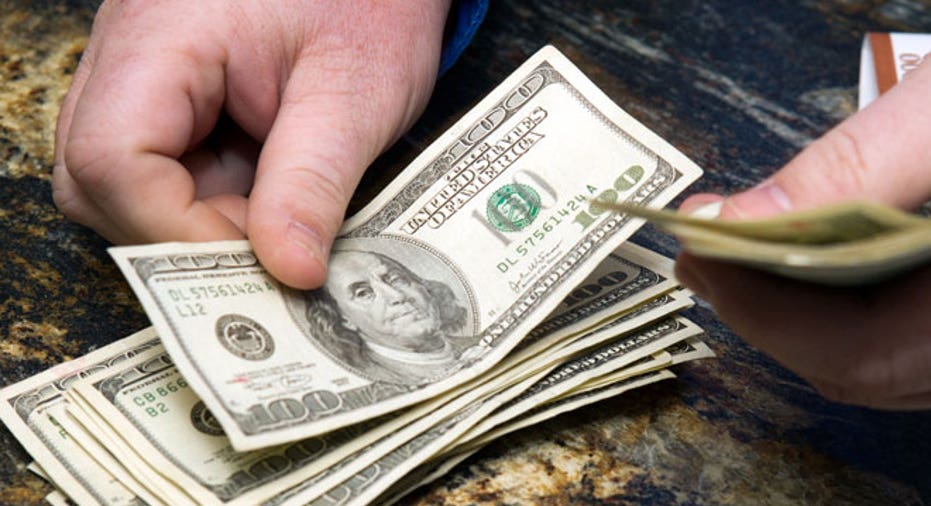How to Avoid Debt Spinning out of Control

Have your spending habits and overall debt load reached the point where your debt increases every month? If so, you have entered a debt spiral.
As your debt increases, so do the interest payments on that debt. That in turn raises your overall debt level, and the cycle continues to worsen. Eventually, you reach a point where you simply cannot make suitable payments on your debt load.
You begin to miss payments, late payment fees accumulate, your credit rating takes a hit, and the interest rates that you pay rise because you constitute a greater risk to lenders. The spiral can eventually lead to bankruptcy if it is not checked early enough.
What is the best way to avoid a debt spiral? Recognize that you are about to enter one, and stop it in the early stages.
Make/Review Your Budget – In essence, you end up in a debt spiral if you continually borrow more money than your income can support – and that includes credit cards, which are a form of short-term borrowing.
Outline all of your monthly expenses and review your credit card bills so you can determine where your money is going. Separate them into the regular monthly payments (rent/mortgage, student loans, etc.), essentials such as food, and discretionary purchases.
Use your credit card billing summaries to separate credit purchases into different categories, and keep receipts for all of your cash purchases. People are often surprised at how their small discretionary cash purchases add up.
Do not forget about large annual expenses such as insurance renewals or property taxes that, if excluded, can blow a hole in your monthly budget.
Set Your Savings Target – Compare your monthly income with your monthly expenses, and calculate your deficit. Now add some percentage or dollar value (for example, 1% of earnings or $50/month) to set up monthly savings for emergencies and the eventual paying down of debt.
Cut Spending – Now that you know where all your money is going and what your savings target must be, you need to prioritize your expenses and cut the ones you can to meet your savings goal.
Simply cutting back discretionary expenses in a few areas will help, but you may have to make some painful choices. They may hurt now, but they will be much worse with a higher debt load.
Keep the use of your credit cards to an absolute minimum – it would be best if you can avoid them altogether. Use debit cards and cash as much as possible to avoid piling on the debt.
Attack High-Interest Debt – Once you have stopped the spiral and established some savings, use a portion of your monthly savings to pay down debt and reverse the trend.
The best way to lower your overall debt is to pay as much as possible toward the highest-interest rate debt and pay the minimum amount on the other debts. Usually the highest-interest debt is credit card debt, which makes it all the more important to cut down on credit card usage when nearing a debt spiral.
It may be possible to consolidate debt, if you can transfer your higher-interest debt to a single, low-interest rate loan or credit card, but be very careful of deals and interest rates that seem too good to be true given your financial situation.
Seek Help If Needed – A legitimate credit-counseling group can help you to organize your debts and work with your creditors to set up payment plans (and perhaps waive late fees). Resources for finding help are available at websites like the National Foundation for Credit Counseling and the Credit Counseling and Debtor Education section of the U.S. Department of Justice.
If you find help on your own, make sure that you are dealing with a legitimate agency. Check with the Better Business Bureau and your state Attorney General or Consumer Protection Bureau.
Prevention is the key. A debt spiral is hard to stop once it gains momentum. By monitoring your expenses and taking early preventative steps, you can avoid falling into a debt spiral and facing the far more painful steps that are necessary to resolve it.
More From MoneyTips.com
Debt Settlement Companies 101Choosing a Debt Payoff Strategy The Demographics of American Debt



















